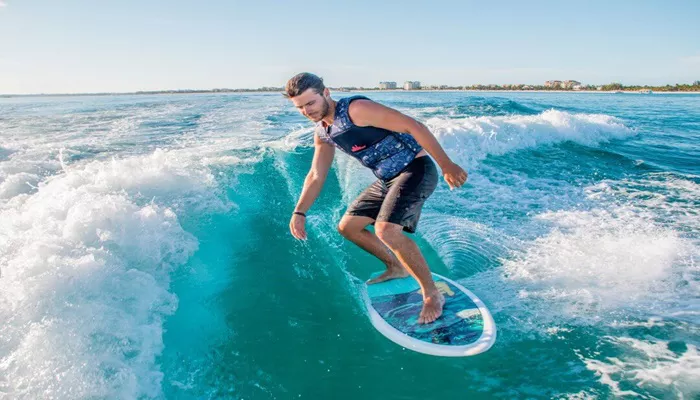Surfing competitions bring together elite wave riders from around the world to showcase their skills in a structured and competitive environment. These events follow specific formats, rules, and scoring systems to determine the best surfers.
Whether it’s a local contest or a prestigious international event like the World Surf League (WSL) Championship Tour, understanding how surfing competitions work is essential for athletes, fans, and enthusiasts alike.
Understanding the Competition Format
Surfing competitions generally follow a heat-based elimination format. Surfers compete in a series of heats, with winners advancing through rounds until a champion is crowned. The structure of a competition typically includes:
1. Event Types
World Championship Events: Organized by the WSL, these events feature the top-ranked surfers.
Qualifying Series (QS) Events: These serve as a stepping stone for surfers aiming to enter the Championship Tour.
Big Wave Contests: Events such as the Eddie Aikau Invitational and the Nazaré Challenge focus on massive wave surfing.
Junior and Amateur Competitions: These events help develop young talent.
Specialty Events: Unique contests like wave pool competitions and team-based formats bring a fresh twist to traditional surfing.
2. Heat Structure
Surfing contests are structured into heats, each lasting between 20 and 35 minutes, depending on wave conditions. A heat consists of:
Single Heat Format: 2-4 surfers competing head-to-head.
Man-on-Man Format: A one-on-one battle between two surfers.
Non-Elimination Rounds: Some competitions include rounds where surfers don’t get eliminated but gain seeding advantages.
3. Priority System
To ensure fairness, surfing competitions use a priority system, which determines which surfer has the right to take the next wave. The system works as follows:
The first surfer to paddle out usually gets the initial priority.
If a surfer catches a wave, they lose priority to the other competitors.
Interference penalties apply if a surfer violates priority rules.
The Scoring System
A panel of judges evaluates each wave based on specific criteria. The highest and lowest scores are removed, and the remaining scores are averaged. Here’s what judges look for:
1. Wave Selection
Better waves provide higher scoring potential. Judges favor surfers who choose waves with size, power, and a clean face for maneuvers.
2. Maneuvers and Execution
Surfers are judged based on the difficulty, variety, and innovation of their moves, including:
Carves and Cutbacks: Smooth, controlled turns.
Aerials: High-risk moves where surfers launch off the wave.
Barrel Riding: Successfully navigating inside a breaking wave.
Floaters and Re-entries: Vertical maneuvers hitting the lip of the wave.
3. Style and Flow
Judges assess a surfer’s smoothness, control, and ability to link maneuvers together in a seamless way.
4. Commitment and Degree of Difficulty
High-risk, high-reward moves gain more points. Surfers who push their limits receive higher scores.
5. Completion of Ride
Falling off a wave can reduce scores, while riding a wave to completion maximizes points.
Advancement And Elimination
Surfers must achieve the highest combined score from their two best waves to advance. The competition follows a progressive elimination format:
Early Rounds: Surfers with the lowest scores get eliminated.
Quarterfinals and Semifinals: The competition narrows down to the top athletes.
Finals: The top two surfers compete in a head-to-head heat to determine the winner.
Factors That Affect the Competition
Several factors influence how a surfing competition plays out:
1. Wave Conditions
Organizers select event locations based on wave consistency and quality. Conditions can vary due to:
Tides: Affect wave shape and power.
Wind: Offshore winds create cleaner waves, while onshore winds can degrade wave quality.
Swell Direction: Determines the type and size of waves breaking at the competition site.
2. Equipment Selection
Surfers choose boards suited for the competition’s wave conditions. Board types include:
Shortboards: Used in high-performance contests.
Longboards: Used in traditional, style-based competitions.
Guns: Used for big wave events.
3. Physical and Mental Preparation
Top competitors follow intense training regimens, including:
Cardiovascular Training: Improves paddling endurance.
Strength Training: Enhances maneuver execution.
Mental Focus: Helps surfers stay composed under pressure.
Conclusion
Surfing competitions are a thrilling blend of athleticism, strategy, and ocean knowledge. From structured heat formats and priority rules to detailed scoring criteria, every aspect plays a crucial role in determining a champion. Whether you’re an aspiring competitor or a passionate fan, understanding these elements enhances the experience of watching and participating in professional surfing contests.

